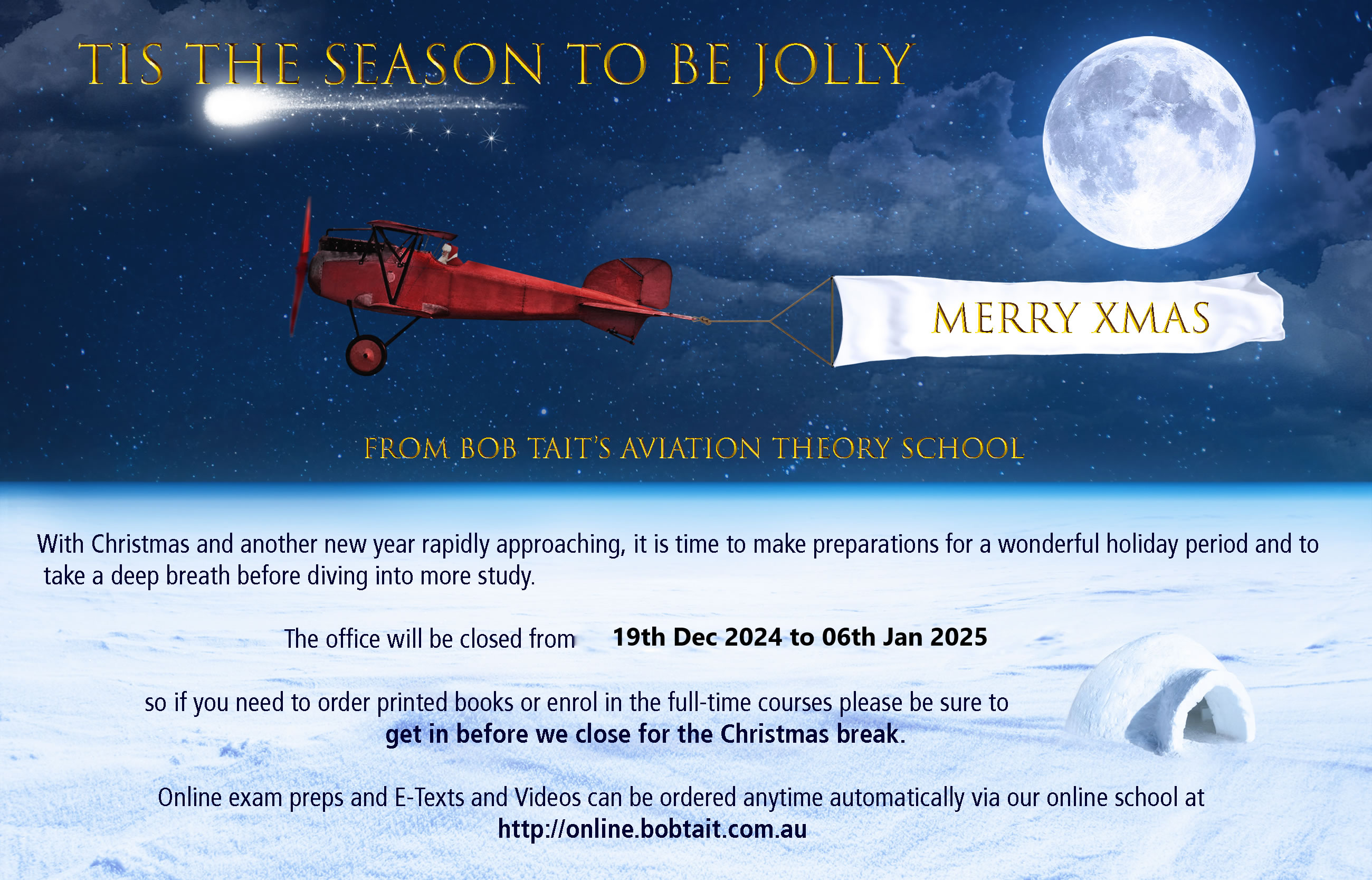Would continually rolling out of a climbing turn bring you level
Of course it would bring your wings level. But that has little to do with executing a steady turn.
Because if you held the same initial bank with no correction From then on in according to the book the angle would steepen.is this correct
The book is trying to tell a generic, usual story, and that's all fine. Sometimes, the necessary simplifications and generalisations cause a bit of confusion along the way. Just the way things are in the learning processes.
Try thinking about it this way: if you roll into a turn and then let go of the control, the aircraft will do what it wants to do as a consequence of the particular design. That may well be to roll further into a steepening bank angle and finally end up in a spiral dive. - all depends on the detail design and flight characteristics of the aircraft - this would be a very typical response. We refer to this sort of problem as a "stick free" characteristic.
However, if you hold (freeze) the initial stick input you used to get to the target bank angle with no correction then you are looking at a stick fixed characteristic.
(What we normally do is roll in, hit the target angle and, simultaneously, ease some of the aileron deflection off to reduce the initial rolling moment input. If we did actually hold the initial roll input, we probably would continue rolling and cause ourselves some problems).
That (stick fixed) probably will be somewhat different in character but, again, will depend strongly on the detail aircraft design. Generally speaking, so long as the roll characteristics are not all that rapid in change, we are not too fussed about the basic aircraft's response in roll.
What we do, however, in practice, is roll in to a target bank angle and then modulate the stick input, as required, to maintain the target bank angle. This we just do simply adjusting the control load by pressuring the horn/stick left or right as necessary to prevent undesired additional roll in either direction. The routine aim in a steady turn (level, climbing, descending .. whatever) is to maintain the bank angle.
Do you initiate the climbing turn by off setting the yolk and then returning it to the neutral position once the turn and climb has commenced.
A minor aside - "yoke" rather than "yolk")
No. Roll in to the target bank and then modulate the stick pressure to maintain the bank angle. Airbus is a bit different but probably not all that relevant to this forum.
The aircraft then Steepens the bank On its own accord
Not necessarily if you return the stick to the central position. That will remove the roll moment input caused by the initial aileron movement. What the aircraft will do will depend on the aircraft design.
you then displace the yolk to regain the correct bank angle and return the yolk to neutral.
Not conventionally. I presume that you have not yet started the actual stick and rudder flying training ?
I had in my mind that you kept on displacing the yolk and therefore levelling the aircraft and running out of full deflection of the yolk
Not the way things work. When you start some aircraft pushing and pulling it will all become much clearer, very quickly. The other thing which makes for confusion in the initial stages is that you are playing with three controls (which may work just a little bit differently in different aircraft). It takes the first flight to get your head around the basics but then it gets pretty straightforward.
Very much a case of patting your head and rubbing your tummy at the same time, I fear.







